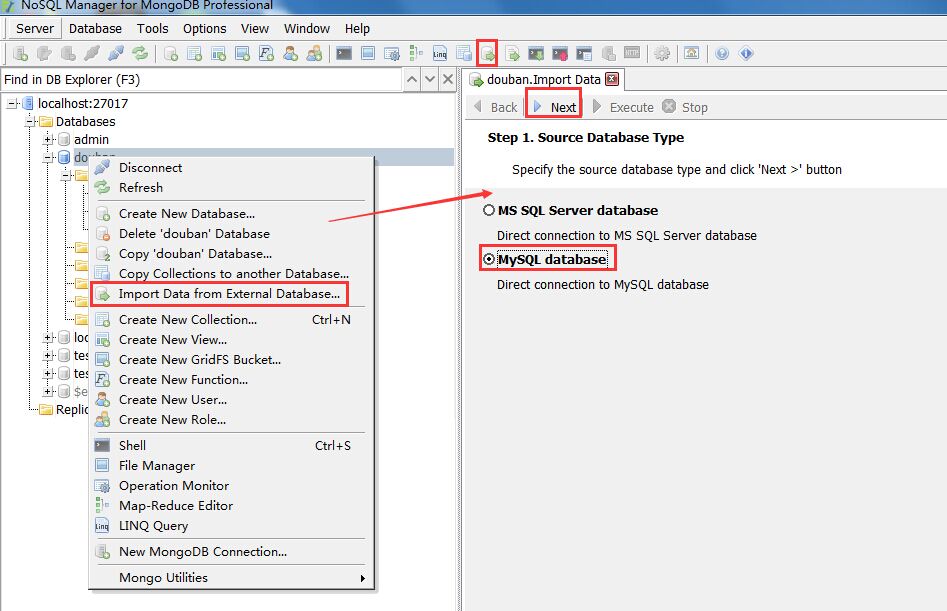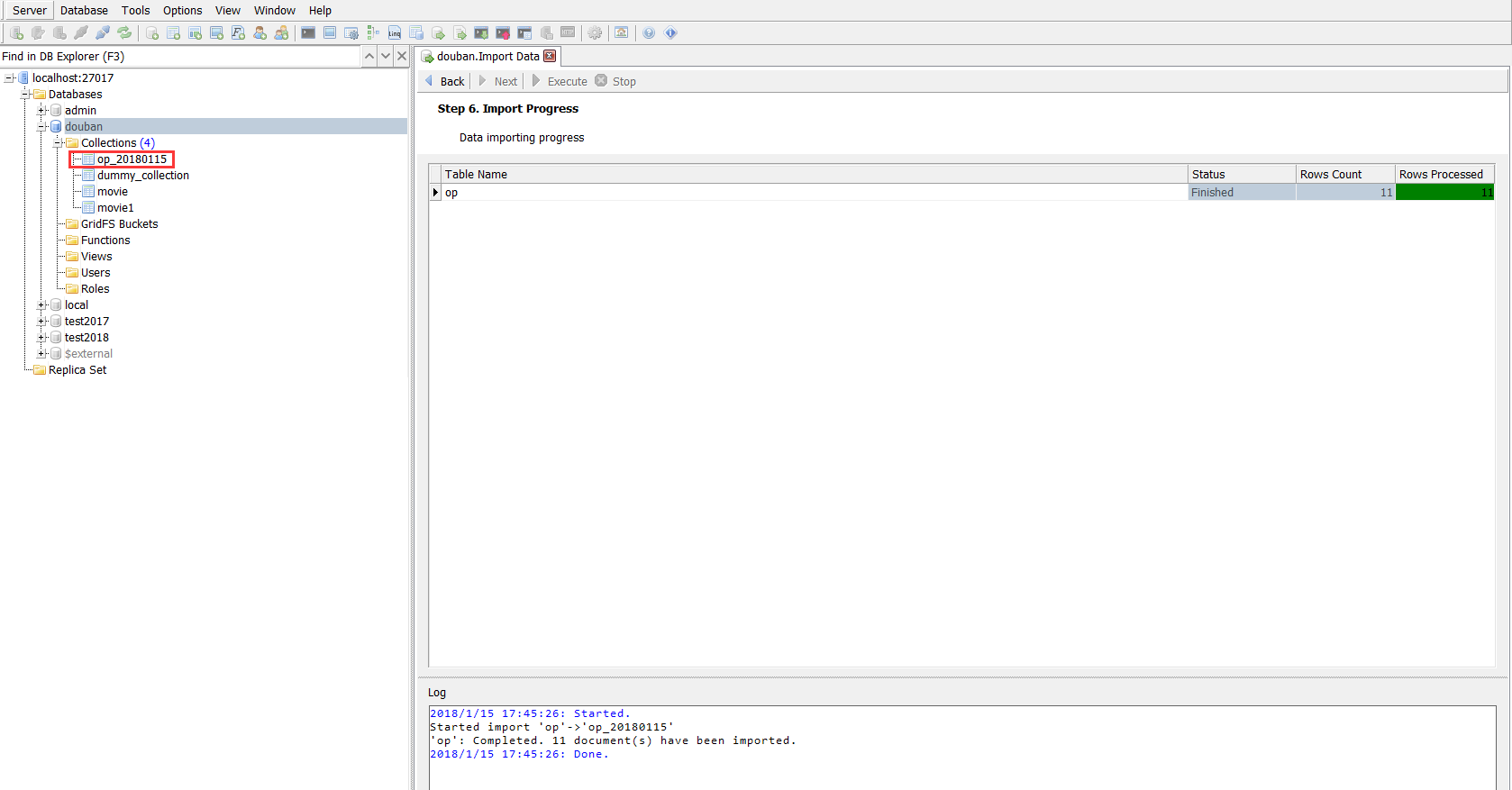
To determine which database should power this new application, Experian Health held a bakeoff between Oracle‘s MySQL, EnterpriseDB‘s Postgres, Microsoft SQL Server, and MongoDB. Many medical groups have moved away from using Social Security Numbers to identify patients, which drove the need for a new way to positively identify people. Recently the company selected MongoDB to power its Universal Identification Manager, a new application Experian Health uses to uniquely identify healthcare customers. That involves integrating data from a wide range of hospital information systems (HIS) and electronic health record (EHR) systems. Hospitals and physician groups rely on Experian Health to pull up the details of their patients’ insurance coverage, and to basically ensure that they’ve dotted all their “i”s and crossed all their “t”s when it’s time to submit a claim to the insurance company. That is a perfectly valid solution in my opinion.” MongoDB Does HealthcareĪnother big company adopting MongoDB for critical business applications is Experian Health, the Franklin, Tennessee-based division of the $4.5 billion consumer data company that plays a critical role as a clearinghouse for medical data and informational middleman between healthcare providers and insurance companies. “We’ve been supporting transactionality at the application level and service level for some time, in all sorts of ways, before Mongo was around.

And that’s not a terrible thing,” Mathews said. “You have to support it at the application level. We just have to solve it in a slightly different way with MongoDB.”īecause MongoDB doesn’t provide all the ACIDity that HSBC requires, the company has looked to developers to deliver what they need. “ACIDity is a big deal for us,” said Mathews, the equities architect. One of the biggest challenges for HSBC has been how it delivers ACID (atomicity, consistency, isolation, and durability) control in its transactional systems. “There’s not much more than a couple lines of configuration,” he said. But resiliency and failovers come out of the box with MongoDB.
#Nosql manager for mongodb 使用 manual#
“In the old world where we had systems that were reliant on relational databases operating in two data centers…waiting that manual failover to occur can be quiet an excruciating experience,” Maybin said. The availability of MongoDB was another selling point. “But it wasn’t long after I started using MongoDB that I realized that there was a schema, and it’s implicit,” he added.Īs HSBC developers’ comfort level with NoSQL grew, they found other benefits, including improving transparency for regulatory compliance. The big concern was that a schema-less approach would lead parts of the system to “spin out of control,” he said. “Initially in my department, there was some concern and reservation around moving to Mongo and NoSQL and that was about the perceived lack of a schema,” Maybin said. However, news of the move to MongoDB did not initially go over well when the project started 18 months ago. This lightweight, Web-based approach lets HSBC users around the globe tap into the data service as they need it, while minimizing overhead and latency – an approach that values simplicity over complexity. The plan called for letting users pull data out of the ODS via the microservices model, where the data store is connected to a “view server” that sends the requested data to the user over the Web via sockets. “It’s an operational data store that we’re building to enable, equip, and engage our trading teams, salespeople, and operations across the globe up data consistently and reliably,” Maybin said.

The new ODS is designed to be the “single source of truth” for its global equities and fixed income trading systems, they said. At last week’s MongoDB World 2017 show in Chicago, Illinois, HSBC Development Manager Nick Maybin and Equities Architect Andrew Matthews told the audience about a new operational data store (ODS) HSBC is building atop MongoDB. More recently, the London-based company’s Investment Bank Technology division has begun adopting newer technologies, including NoSQL databases, to power parts of its extensive operation. Like most global firms of this size, HSBC heavily relies on a variety of technologies to run its businesses, including proven platforms like the IBM z/OS mainframes and Power Systems servers running the IBM i operating system. HSBC is the world’s seventh largest bank, with assets valued at $2.3 trillion. What’s driving this big demand in NoSQL? Last week at the MongoDB user conference, several of the database company’s customers, including Experian Health, HSBC, and Envision, shared their NoSQL stories. NoSQL databases account for a very small fraction of the overall database market, yet this segment is growing much faster than the overall market.


 0 kommentar(er)
0 kommentar(er)
